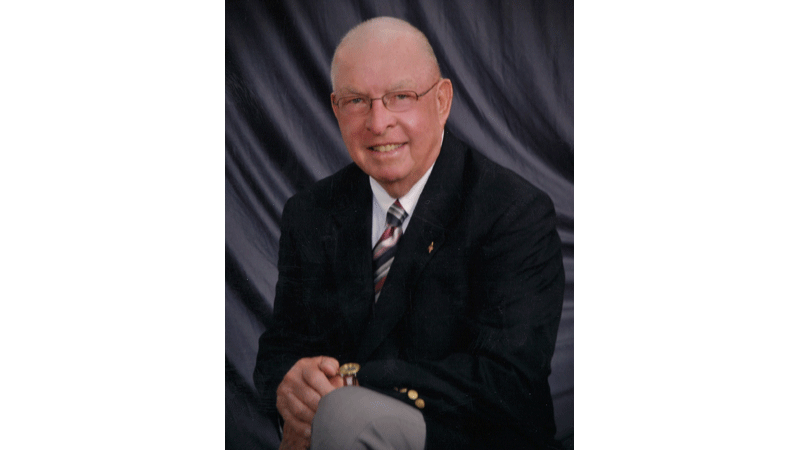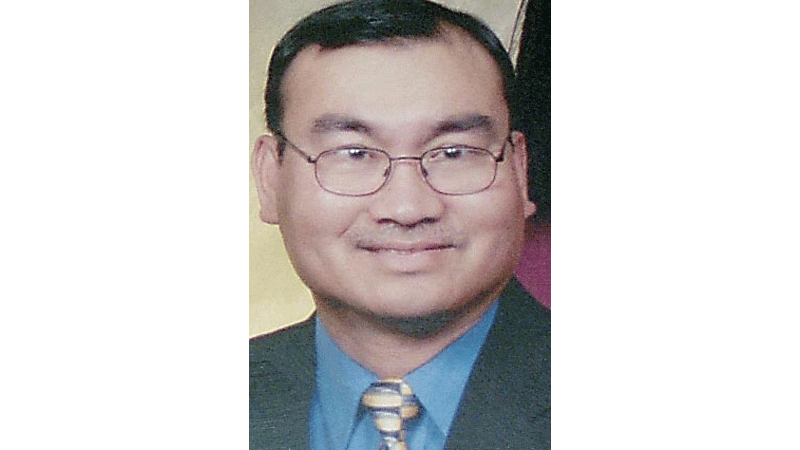The Earth moved
Published 11:26 am Saturday, April 12, 2014
by James D. Howell
Uncle Sam has decided to conduct a series of tests in the Aleutians to determine whether or not nuclear explosions (or tests) by the Soviet Union can be adequately detected. Amchitka Island has been chosen for an underground nuclear test, code named Long Shot. The project has been underway for some time.
Most activity has occurred on Amchitka itself; workmen, supplies and equipment have been delivered using an airstrip and harbor facilities left over from World War II. During the 1950s some test holes were dug on the island but no tests were carried out. This will be the first underground nuclear test done in a remote area from the continental US. It will be the first done under supervision of the Department of Defense. It will determine if a nuclear test can be differentiated from an earthquake.
Amchitka’s harbor is updated and fitted to accommodate shipping; housing for workmen, scientists and military supervisors has been built and equipped. The airfield has been inspected and deemed adequate. Equipment similar to oil well drilling equipment has been imported and erected at the site.
A hole is drilled a little over two thousand feet deep and a nuclear device has been lowered to an exact position in the shaft. The hole is backfilled with concrete and other fillers. The drill site is close by a marshy area; the marsh will give a visual cue for surface displacement after the shot.
Gossip around our neighborhood says that all these islands sit like a mushroom on top of a long stem from the ocean floor and the vibrations will break the stem and we’ll all sink into the water. Not many geologists among the folks in our neighborhood. Earth tremors are regular visitors to the Aleutians and most residents are not bothered. The pictures on our wall have straight pins inserted at the bottom corners; when pushed into the wallboard, they prevent the pictures from hanging askew after every tremor.
Top heavy storage racks in our workshops indicate seismic activity. It’s not unusual to look up from a project to see them gently swaying.
Scattered around on other remote islands are monitoring stations. Exactly how they stay in contact with the main test area is an unknown; I just know that they do. A part of my job is to deliver mail, packages, and other dispatches to those stations. Anything that can be dropped from a fast moving aircraft is OK for delivery. It’s always gratifying to watch the skeleton crews run out of their little monitoring shack, arms waving somewhat wildly at the sight of our aircraft. It must be a little like manna from heaven for them. We make several of those special drops before the test date. I suppose the data is recorded and stored on seismic equipment for post shot analysis, and personnel and data are retrieved by boat. We are not a part of the retrieval.
The week before the test day, news crews, dignitaries, upper command officers, and all their retinue arrive on Adak. The operations ramp is filled with transport aircraft, support equipment , and a large number of service personnel. It’s something of a beehive, with not many knowing where to go or what to expect. Mostly it seems like a waiting game.
The day before the test, I am the operations duty officer for the airfield. Before the day is over, we will have several vehicular accidents with aircraft, people, and other vehicles. We will have personnel falling into open manholes and ditches requiring some form of emergency medical attention. Late in the day, the Commander in Chief of the Pacific Fleet arrives with his party. It’s kinda like a pressure cooker with a faulty relief valve.
Fortunately, the explosion does not cause the disappearance of any Aleutian Islands. A collective sigh of relief passes over the neighborhood. I’m just tired.
Within a day following the test, most visiting press, officials, and their associated aircraft and crew depart. Few want to stay longer than necessary; island life returns to daily routine.
A few months later, we (my search and rescue crew) do a sightseeing trip over to Amchitka to see what is left of the site. Our visit is somber. After our aircraft is shut down and secure, we visit buildings that are left as ghosts. Kitchens, lodgings, and some ancillary structures along with their equipment are abandoned. It probably costs too much to remove the structures and vehicles. All the specialized equipment is gone; only the wind sweeping across tundra breaks the silence.
I will remember the quiet of Amchitka’s airfield, after all the technicians and support personnel have departed. I will recall the lonely hollowness of the place, and be content to not return.
JAMES D. “ARCHIE” HOWELL is a Southampton County native and 1955 graduate of Franklin High School. He can be reached at archiepix@kingwoodcable.com





